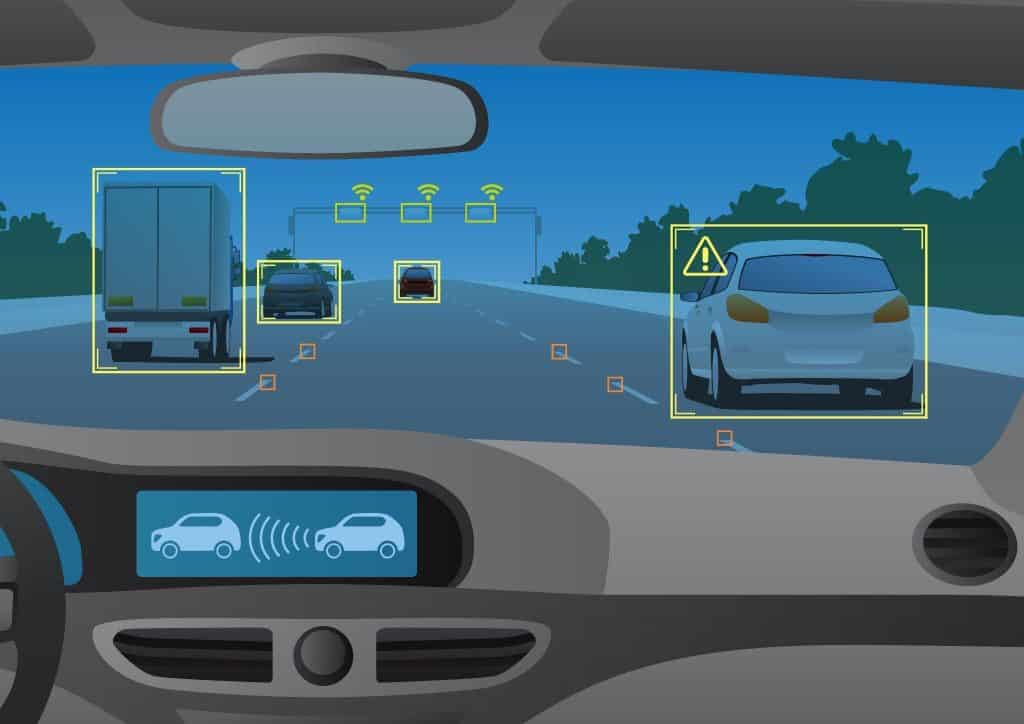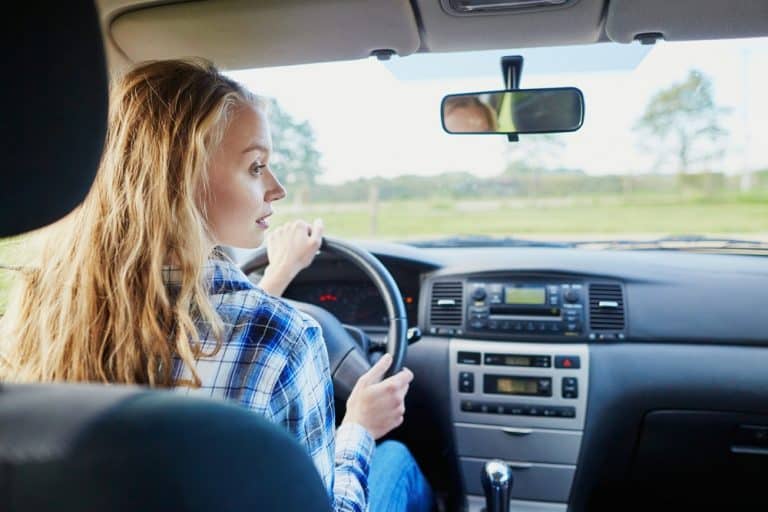Driving is like any other activity in that it gets safer with practice. According to the Centers for Disease Control and Prevention (CDC), new drivers are at a much higher risk of getting into an accident than their more experienced counterparts. The crash rate per mile driven is about 1.5 times higher for those in their first few months of licensure.
Why is this? Inexperience causes new drivers to underestimate or miss dangerous situations, says the CDC. On top of that, nighttime driving, not wearing a seatbelt, speeding, and distracted driving are particularly rampant among younger drivers. Parents and loved ones can help keep new drivers safe by equipping them with the tools and skills required to properly react to hazards and stay focused on the road. Some of that can be done via cutting-edge new driving tech.
Contents
Best Tech for New Drivers
Technology is undoubtedly one of the biggest contributors to distractions among inexperienced drivers, but it also has the unique ability to keep the new-to-the-road safe. Every new driver should be armed with a voice-activated navigation system and a high-quality phone mount to help them get where they’re going safely. In this guide, we’ll cover a few more of the best gadgets and apps for new drivers.
1. Dash Cams
Due to the higher risk of accidents, young drivers and their parents should consider installing a dashcam in the car. Dashcams automatically record everything happening on the road around the vehicle, meaning they’ll capture all accidents and incidents. Moreover, some insurance companies may even offer discounts to customers who use dash cams.
2. Head-Up Speedometers
Speeding is one of the most common factors associated with accidents, so keeping it under control is one of the best things you can do to stay safe as a new driver or a parent of a new driver. Head-up speedometers are aftermarket gadgets that can be installed on the dashboard to create more visible speed displays. Some may also display turn-by-turn directions so the driver doesn’t have to take their eyes off the road to see where to go.
3. Backup Cameras
If you or your child drive a car made after May 1, 2018, it probably already has a built-in backup camera. The U.S. Department of Transportation began requiring this technology in all new cars beginning that year. Aftermarket backup cameras are relatively affordable and can be easily installed in older cars to keep drivers safe. Studies show that automatic braking coupled with sensors and rearview cameras can cut backup accidents by 78 percent, so this is not a piece of tech new drivers should skip!

4. Driver Assistance Technologies
If you’re looking for a car for a new driver, make sure it comes equipped with a few of the latest in-car safety features. For example, many newer cars come with collision warnings that can help drivers make faster, smarter decisions on the road. The National Highway Traffic Safety Administration (NHTSA) gives an excellent overview of some of the best driver-assistant technologies and how they work. Here are some of the best features to look for in a vehicle for a new driver:
- Collision warnings. This technology uses built-in sensors to detect potential collisions and provide warnings to the driver. The car may alert the driver if a vehicle is approaching or crossing lane markers. These technologies can also detect and warn when another vehicle is in your blind spot.
- Collision intervention. Collision intervention technologies take crash prevention a step further by employing automatic emergency braking and steering. For example, the car may automatically stop if a pedestrian is in front of the car and a collision is imminent or it may automatically steer the car out of the way if the driver begins to change lanes with a car in the blind spot.
- Driving control assistance. This category of driver assistance tech includes safety features like adaptive cruise control and lane-keeping assistance to help drivers maintain safe speeds and stay in the right lane.

5. Tech-Limiting Apps and Features
One of the best ways to minimize distracted driving is to limit what notifications you get from your phone while you’re on the road. Various driving apps automatically silence phone calls and texts when you’re driving above a certain speed (often, 15 or 20 miles per hour). They may also send out automated responses to let contacts know that you are driving and are unable to respond right away. Some phones now come standard with this resource. For example, if turned on, the iPhone will automatically put your phone in Do Not Disturb mode if it detects that you are driving. This is an absolute must for brand-new drivers.
6. Supervised Driving Apps
Parents who are worried about their teen’s first few solo missions may want to consider installing a supervised driving app on their phone. These apps let parents monitor speed, location, vehicle diagnostics, and more and may have extra features such as emergency services so teens have easy access to emergency information while on the road. If you don’t already, have your teen share their location so you can easily track where they are.
As you can see, technology is both a blessing and a curse for the new driver. While it can be a source of distraction, it can also keep you safe by providing extra visibility, helping you stay on the right route, and even correcting driving mistakes. Every new driver should have access to the above technologies to keep them safe and minimize accidents as they get more comfortable and experienced on the road.

